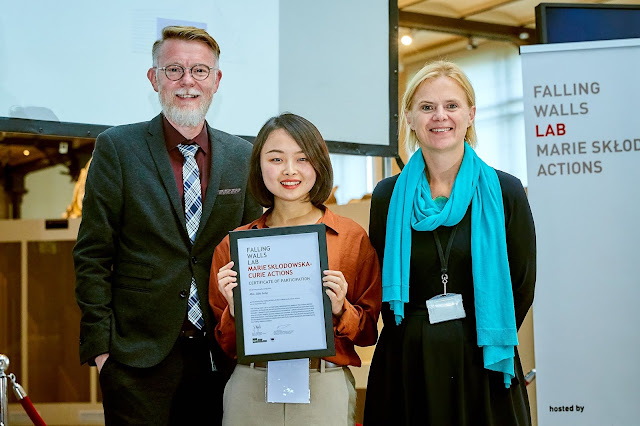On August 14,2018, the Morandi bridge in Genoa Italy collapsed, which caused 43 people to die and great losses. Here I am not going to talk about why it collapsed. But I want to say what we can do to prevent this kind of tragedy from happening. Any structures are like us, if we are sick, we go to doctors. But if structures are sick, how could we know?
Yes, through structural health monitoring-SHM! SHM is process of implementing damage detection strategy, which is like a doctor giving us indication of the structure health status. However, the SHM is not like our health insurance which can be free. Some structure owners may be hesitated on investing large money before they see the VALUE.
Although it
is proved that SHM is beneficial, the existing literature doesn’t tell them:
when to do the monitoring? How often to do that? Which SHM techniques to
choose? After monitoring, what action to take? There are so many decisions
needed to be made, that’s why here comes my research, which can help to answer
all these questions by breaking the wall of value of monitoring information!
So how do
we do that? Here we introduce a decision tree. A Decision tree is a decision
support tool that uses a tree-like graph or model to describe decisions and their
possible outcomes, including how likely it will happen, how severe the
consequences will be. Based on the probabilities and their respective costs and
benefits, the value of every decision can be quantified.
Based on the decision trees, different SHM strategies can be
compared and the optimal strategy will be the one with highest value. After Knowing
the value of SHM, we can improve the decision basis for design, operation and
life-cycle integrity management of structures to reduce the risk, reduce the
cost and extend service life benefits.
So that everyone in society can benefit from a safer and
more reliable environment!
This is the presentation that I made for the Falling Walls Lab Marie Curie Action 2018 on 26th September in Brussels. I was very lucky to be selected to take part in this event. It was great honor to meet so many talented and excellent Marie Curie Action Fellows as well. We had great time exchanging ideas and communicating. Of course it is indeed very challenging to summarize our research work within three minutes. But thanks to the help of coach session organized by Debatrix, we made it!







Nice job Lijia :)
ReplyDeleteThank you Antoine:3
Deletewhat is fantastic post? this is so chock full of useful information I cannot wait to dig deep and start utilizing the resource give me.your exuberance is refreshing.
ReplyDeletehttps://indusdesignworks.com/
Outsource Structural detailing
Structural Health Monitoring(SHM) is indispensable for ensuring the safety and longevity of critical infrastructure. Through advanced sensors and data collection technologies, SHM helps detect early signs of damage, preventing catastrophic failures. Encardio Rite stands out in this field by offering innovative solutions that integrate continuous monitoring, risk assessment, and real-time data analysis, ensuring the structural integrity of projects worldwide. Their expertise is invaluable in maintaining resilient infrastructure.
ReplyDelete